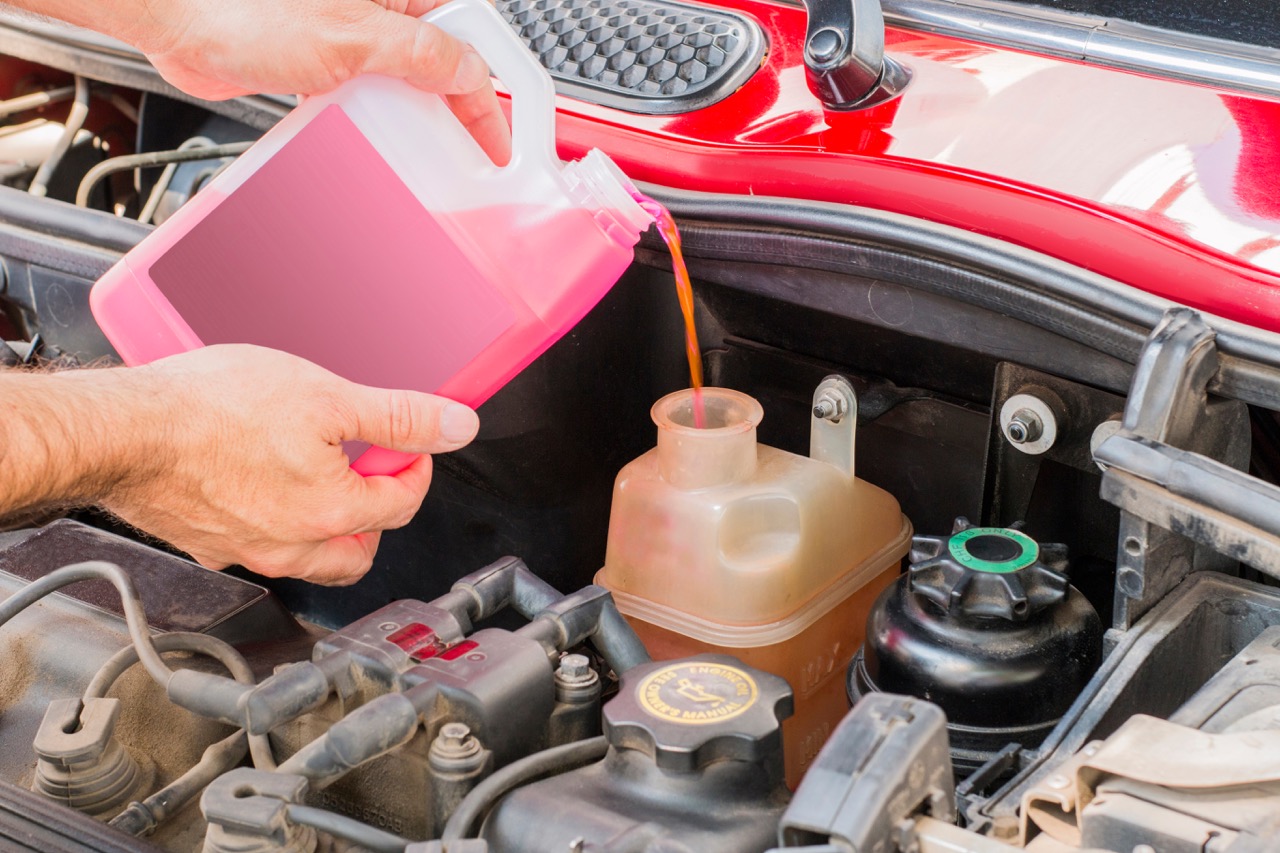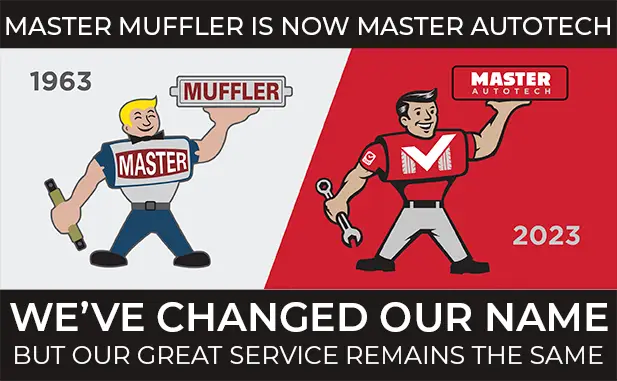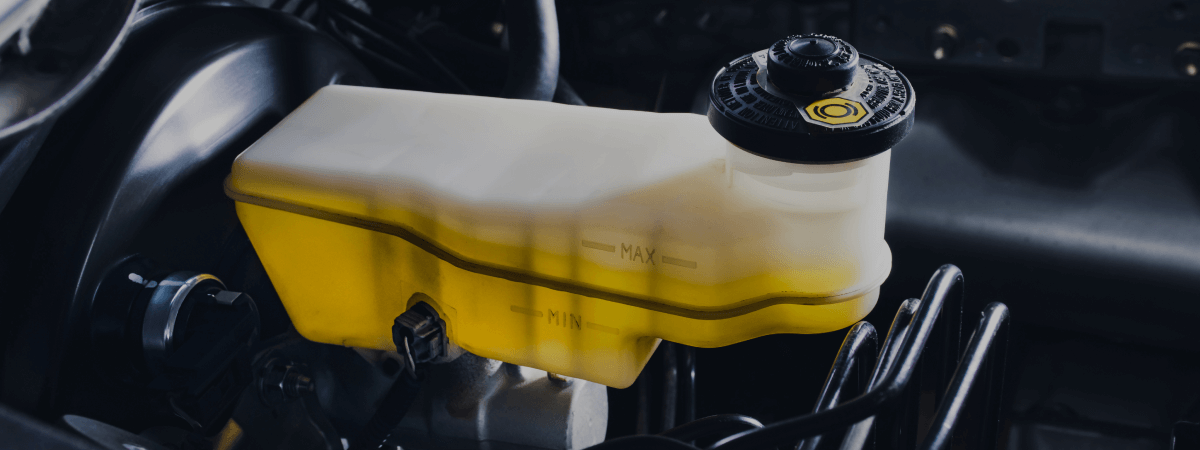
One of the most important things you can do to maintain your car is to check the levels of the fluids on a regular basis. This includes engine oil, coolant, brake fluid, and transmission fluid. For most fluids, you simply need to locate the appropriate dipstick, pull it out, and check the level against the markings on the dipstick. If the level is low, add more fluid until it reaches the full mark. Checking fluid levels is a simple task that can help to keep your car running smoothly for many years to come.
How Often to Check Fluids
Most carmakers recommend checking fluid levels once a month or, at the very least, every six months when you get an oil change. However, it’s a good idea to check them more often if you notice any problems with your car’s performance. For example, if the engine is running hotter than usual or the car is having trouble shifting gears, it could be a sign that one of the fluid levels is low.
If you’re not comfortable checking fluid levels yourself, bring your vehicle in to Master Muffler Provo for a once-over.
What Can Happen When Fluids Are Low
If any of your car’s fluids are low, it can cause serious problems. If the engine oil level is low, it can lead to engine damage due to increased friction. Low coolant levels can cause the engine to overheat, while low brake fluid levels can make it difficult to stop the car. Low transmission fluid levels can cause shifting problems and damage to the transmission.
What to Do if Your Car Overheats
If your car overheats, don’t panic! There are a few things you can do to safely cool down your engine. First, turn off the air conditioner. This will help reduce the load on the engine and hopefully bring the temperature down. Next, turn on the heater. This may sound counterintuitive, but the heater will help draw heat away from the engine and into the cabin of the car. Finally, open the windows to help circulate air and speed up the cooling process. If you’re still having trouble getting your car to cool down, you can always call a tow truck and have it taken to a nearby service station. Just be sure to keep an eye on the temperature gauge and pull over if it starts to climb again. With a little knowledge and a cool head, you’ll be back on the road in no time!
Recharging a Vehicle’s Air Conditioning
Over time, the air conditioning unit in your car can lose its charge, making it less effective at cooling the cabin of your car. If this happens, you may need to recharge the unit. This is a relatively simple process that can be done at home with a few tools and supplies. First, you’ll need to locate the low-pressure port on the AC unit. This is usually marked with a white or yellow cap. Next, you’ll need to attach the pressure gauge to the low-pressure port and turn on the AC unit. The gauge will tell you how much pressure is in the system. If it’s low, you’ll need to add more refrigerant. You can do this by attaching the can of refrigerant to the low-pressure port and slowly adding it until the pressure is back to normal. Once you’ve recharged the unit, turn off the AC and enjoy cool, comfortable air in your car once again.
Using the Right Fuel in Your Vehicle
With gas prices often fluctuating, it can be tempting to switch to a lower-octane fuel to save money. However, it’s important to always use the right fuel in your vehicle; gas is just another fluid that needs to be added to your car regularly.
Most cars require unleaded gasoline, but some may require premium fuel. Using the wrong type of fuel can damage your car’s engine and void your warranty. So, be sure to check your owner’s manual or talk to your dealer before filling up your tank.
If you’re ever in doubt about what type of fuel to use, it’s always better to err on the side of caution and use unleaded gasoline. Your car will run just fine on unleaded fuel, even if it’s not the recommended type.
CONTACT PROVO MASTER MUFFLER TODAY
(801) 228-0044
If you’d like help checking your fluid levels or getting an oil, change, contact the auto repair experts at the Provo Master Muffler.
Related Posts
Key Takeaways On average, passenger vehicle tires last 40,000 to 60,000 miles, depending on type, driving habits, and maintenance. Replace tires when tread depth reaches 2/32”, if damaged, or older than 10 years. Regular rotation, alignment, and proper inflation extend tire life. Aggressive driving, poor roads, and harsh weather shorten tire lifespan. Take advantage [...]
When you think about car maintenance, you probably focus on oil changes, tire rotations, and maybe even brake pad replacement. But what about your brake fluid? If you’ve ever wondered, “What does brake fluid do?” or “Why is brake fluid important?”, you’re not alone. Brake fluid might not be the most talked-about part of [...]
Is that high-pitched squeal from your brakes driving you—and everyone else—crazy? Don’t ignore it. Squeaky brakes aren’t just annoying, they’re your car’s way of saying something needs attention. Whether you're cruising through Salt Lake City or winding up Idaho’s mountain passes, here’s what’s likely going on, how you can fix it, and when it [...]





